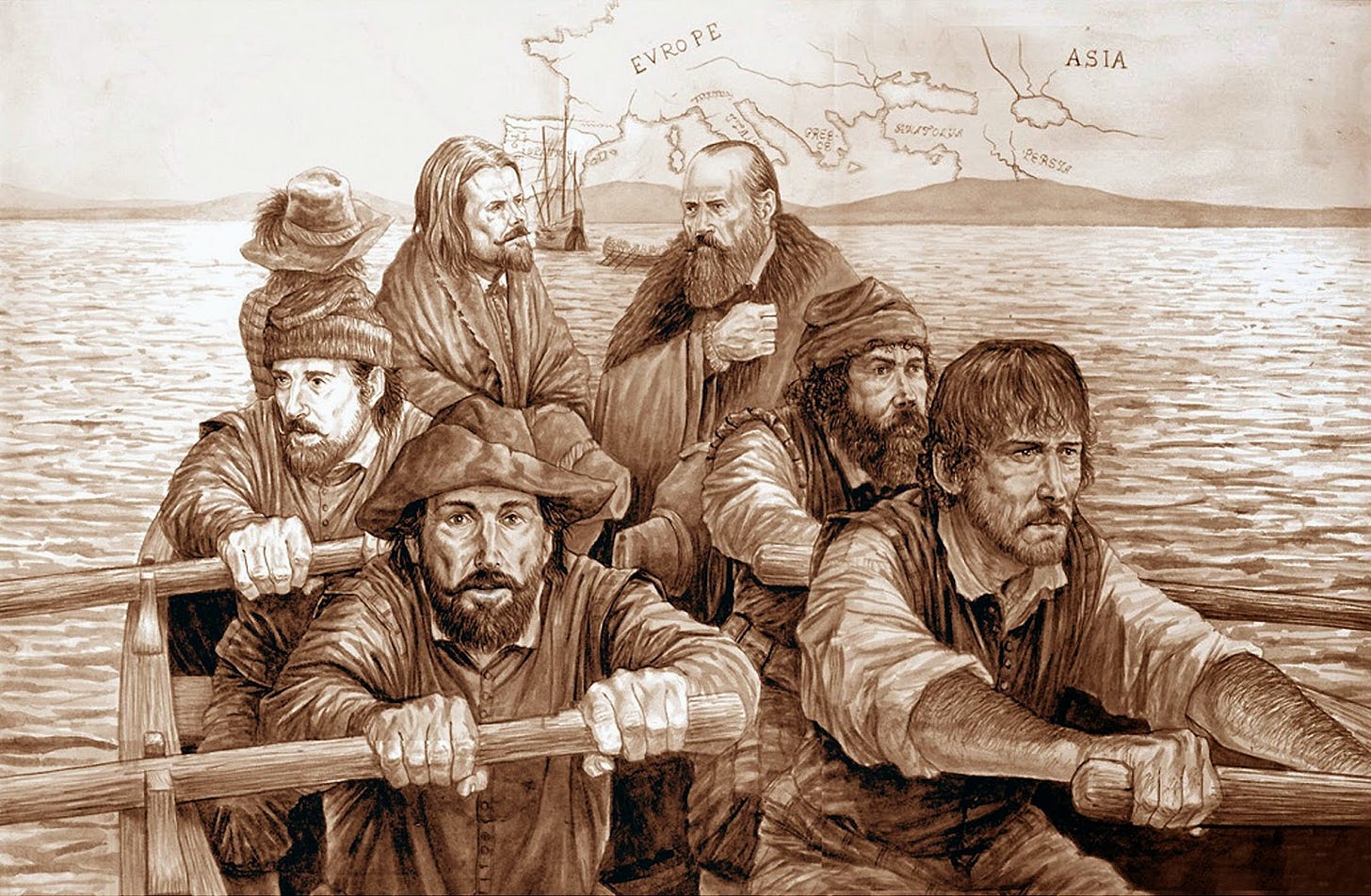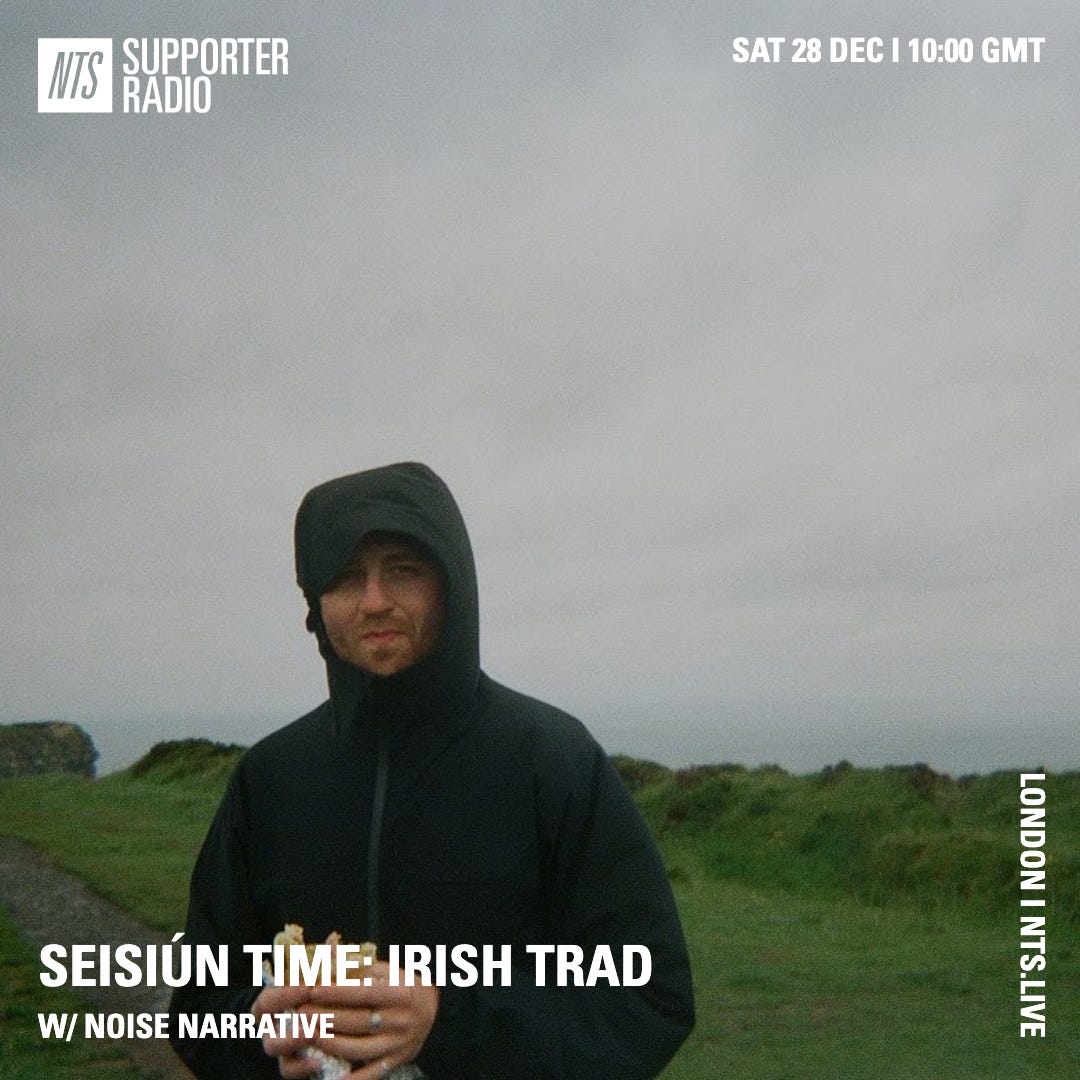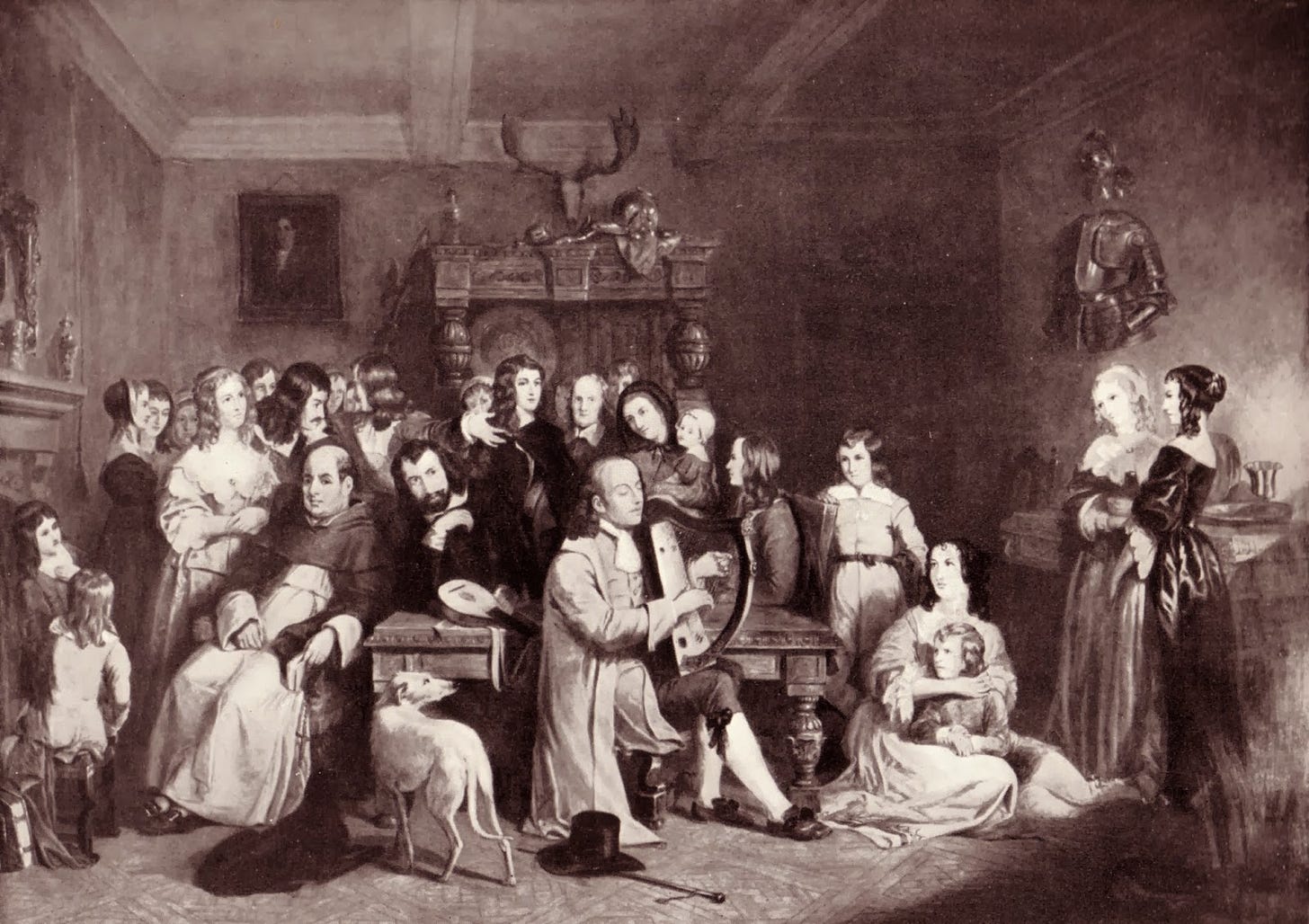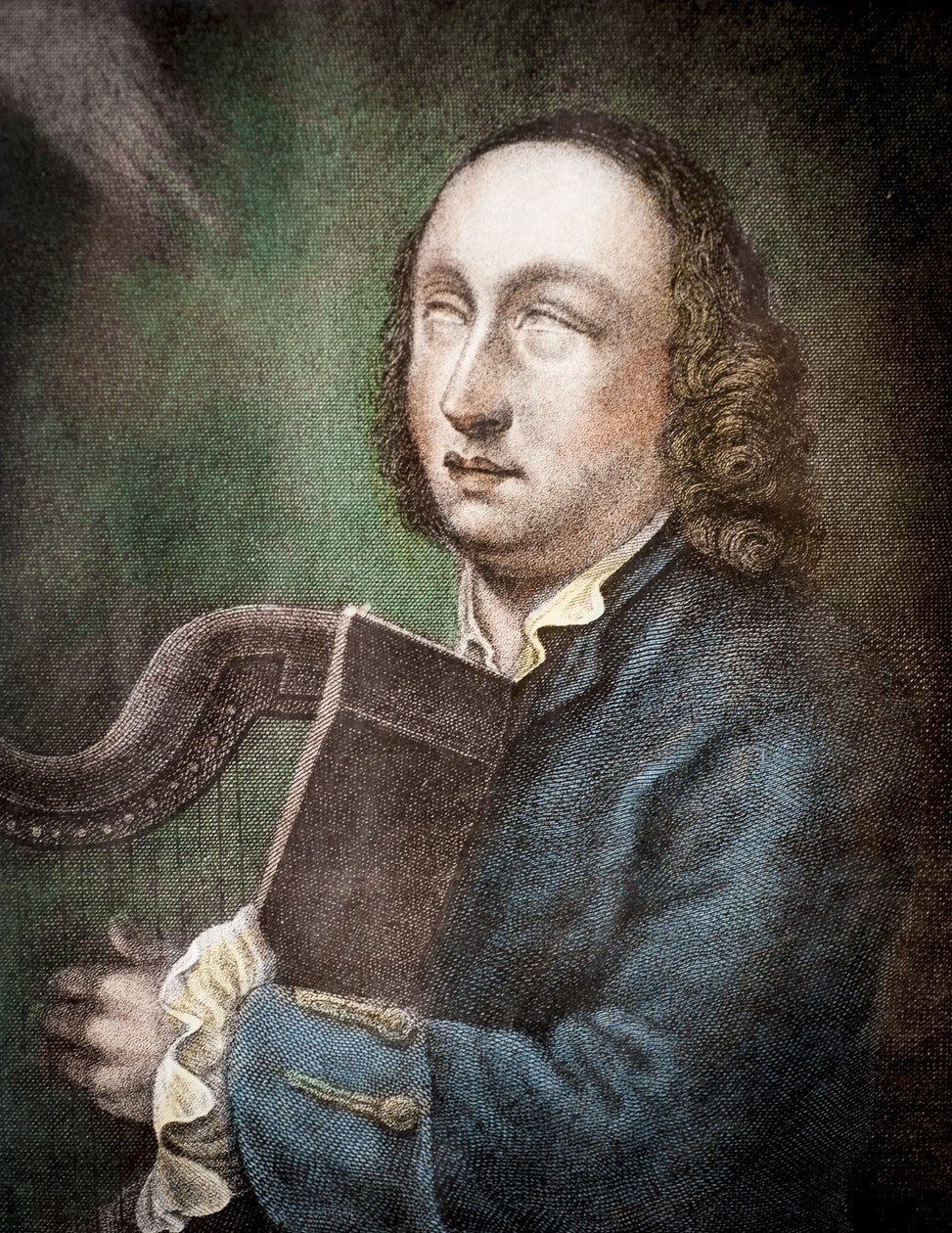Our NTS Radio show: a history of Irish Trad
An aural journey through the timeline of Irish trad, a music rooted in occasion.
Seisiún Time is a 1-hour show that aired on NTS Radio, where I ran through an hour of Ireland at its sonic finest.
Below, I expand on the mix and the history of Irish Trad music.
Irish music has been a staple of my upbringing. With family stretching across Tipperary, Waterford and Cork, much of my childhood was spent flailing about hopelessly at Ceilidhs or sneakily sipping stouts to the soundtrack of trad music.
The nation’s sound has always affected me, as it does most people, in a way that most other musics can’t. However, until recently, I’d never put that feeling under the microscope.
To do so, I delved into the history of Irish Trad music, in a bid to learn more about why it sounds the way that it does, and, ultimately, why it has such a powerful effect on people.
In the process, I recorded a 1-hour mix which acts as a whistle-stop aural history of Ireland, which aired on NTS Radio on 28th December.
YOU CAN LISTEN TO THE SHOW HERE
or below:
The Celts, an Indo-European tribe operating over 2000 years ago that hailed from countries such as Austria, Turkey and Northern Italy, arrived in Ireland and spread their music through bards (storytellers/orators) and harpists travelling the lands.
The music told tales of love, nature and heroic deeds, and was passed around orally through generations. The harp was central to the sound, and was an instrument that flanked these travelling Celts wherever they went.
The chieftains and wealthy class of Ireland would often employ harpists to perform at court and events. This circuit meant that Irish musicians enjoyed a reasonable living, until England, in true form, came to spoil the party.
In 1571, after winning successive conquests in Ireland, Queen Elizabeth I issued a decree to hang harpists and burn their instruments. The impact of this colonisation was severe, with the harp and its players falling into the underground for a long time. Many of the ruling classes fled Ireland to seek support for their bid to win back control of Ireland.

This mass exodus occurred in 1607, and is referred to now as the ‘The Flight of The Earls’. Although it was a historical moment rooted in oppression, it did allow the Celtic performers to travel the taverns and towns more freely, as itinerant musicians rather than at the service of the ruling class.
The most revered of these travelling harpists was Turlough O’Carolan, a blind composer who is responsible for much of the familiar melodies of the Irish music we hear today. He journeyed the country for over 50 years, and is considered Ireland’s national composer.
In my tracklist alone (listed below), Turlough O’Carolan is the original writer of about a quarter of the songs you’ll hear.
It was not until 1762 that this music started to be penned onto paper, and by 1845, it spread to international shores. The Great Famine is a painful stain on Ireland’s history, seeing over 1 million deaths as a result of sporadic potato crop failures caused by a fungus.
It forced over a million Irish people to emigrate to the United States, and they brought their music with them. These emigrants stayed close to their heritage through song and dance, writing music that’s now referred to as Caoineadh - songs of longing and lament for the country they had left. By this point, compositions had grown to include a wealth of instruments, such as Uillean Pipes and Bodhrán skin drums.
After succeeding decades of dormancy, 1920 saw the Gaelic Revival in the States, largely thanks to fiddle player Michael Coleman, who was one of the first traditional Irish musicians to record the sound.
The 1960s saw a further revival after the World Wars drove the sound into the background. One of the figureheads of this modern movement was Sean O’Riada, whose band Ceoltóirí Chualann rendered the nation’s sound fashionable amongst a contemporary audience.
As the 60s led to the 70s and 80s, Irish music grew from strength to strength - bands including The Chieftains, Planxty, The Dubliners and Sweeney’s Men fostered a fuller sound, introducing new instruments such as the bouzouki.
Bands like Clannad (who included pop icon Enya) took things even further afield, producing a New Age, mystical type of Irish trad music. This fusion of trad music and contemporary production laid the foundations for the loved musicians of today, including Sinead O’Connor and The Pogues.
This mix will never come close to covering the richness and density of the history of Irish music, but it’s a chance to hear a few snippets of its chronology.
In my journey to unpack why Irish music has such a holding effect on so many people, I’ve found that it’s history that is largely responsible.
The mid-1800s displacement of Irish natives is likely accountable for why so many of the songs find a deeper place in people’s hearts and psyches. Many of the melodies and compositions written in post-famine Ireland came from a place of pain, bittersweetness, grief, nostalgia and sadness.
But I’ve never found myself feeling sad with this music playing, and that’s because it is laced with hope. Whether it’s Celtic peasants realising their freedom to travel, Irish emigrants introducing their music to the US or fusion bands reigniting their heritage in the wake of the war, Ireland has continually risen up when it’s been beaten down.
It’s no wonder, then, that its resultant music manages to infatuate you and make you feel like you can do anything.









Today’s playlist sorted.